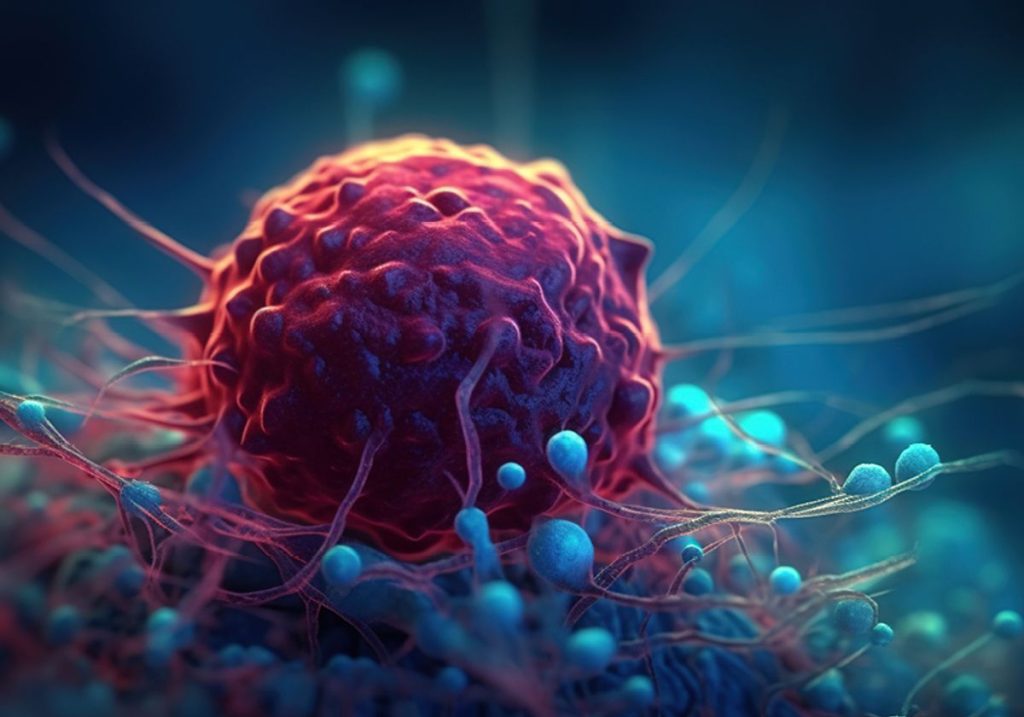Chinese Researchers Innovate Treatment for Aggressive Breast Cancer

Beijing, The Gulf Observer: Chinese scientists have achieved a significant milestone in the realm of oncology by devising an innovative strategy for addressing a highly aggressive form of breast cancer. Their groundbreaking approach involves the transformation of treatment-resistant tumors into a more responsive and manageable state. This pioneering strategy holds immense promise in augmenting the efficacy of treatments for this particular strain of breast cancer, offering a potential avenue to improve patient outcomes. The ability to convert these notoriously resistant tumors into a more treatable form represents a substantial leap forward in the ongoing pursuit of more effective therapies for combating aggressive breast cancer variants.
Published in the esteemed journal Science Translational Medicine on Thursday, a groundbreaking study revealed an innovative approach poised to revolutionize the treatment landscape for triple-negative breast cancer, a particularly deadly form of the disease. This newly unveiled strategy, detailed in the study, offers a viable integration into current treatment protocols, holding the potential to significantly enhance patient outcomes. The study’s findings present a promising pathway for augmenting existing regimens, showcasing the prospect of improved efficacy and a more favorable prognosis for individuals grappling with the challenges posed by triple-negative breast cancer.
Conducting an extensive analysis, researchers from Fudan University meticulously scrutinized the metabolic profiles of tumor samples obtained from a cohort comprising 401 patients. This comprehensive examination specifically focused on homologous recombination deficiency (HRD) scores, integral in gauging a tumor’s susceptibility to DNA-damaging treatments. Among the findings, the team observed that patients with lower deficiency scores exhibited reduced responsiveness to such therapies. The researchers pinpointed a significant molecule, GDP-M, identified for its role in impeding DNA repair mechanisms within tumor cells. Notably, GDP-M’s actions were found to elevate deficiency scores in patients, primarily by facilitating the degradation of a protein associated with cancer, thereby affecting the tumor’s response to treatment. This discovery offers valuable insights into potential mechanisms influencing treatment efficacy and highlights GDP-M’s pivotal role in modulating the DNA repair processes crucial in cancer progression.
According to the study’s findings, supplementation of the identified molecule, GDP-M, demonstrated notable effects in a mouse model with breast tumors. The introduction of this molecule as a supplement notably enhanced the responsiveness of the tumors to established DNA-damaging medications like cisplatin. Additionally, the supplementation bolstered the efficacy of antitumor immunity. Notably, in laboratory settings, GDP-M showcased the capacity to augment the effectiveness of a specific category of targeted therapeutic agents known as PARP inhibitors. These significant observations underscore the potential translational implications of GDP-M supplementation in potentially amplifying the responsiveness of breast tumors to established drugs while also augmenting the effectiveness of emerging targeted treatment strategies. Such findings hold promise for the future refinement and enhancement of breast cancer treatment regimens.
The latest discovery represents a pivotal advancement in the realm of clinical oncology, suggesting a strategic approach that integrates GDP-M with other therapies targeting DNA repair mechanisms. As articulated by the researchers, this emerging strategy holds significant promise in the development of more comprehensive and effective treatment modalities for breast cancer. The potential synergy between GDP-M and DNA repair-targeted therapies presents a compelling avenue for future clinical investigations, offering the prospect of enhanced treatment outcomes through a combined therapeutic approach. Such a strategy underscores the proactive pursuit of innovative treatment paradigms aimed at optimizing patient care and bolstering the arsenal of available interventions against breast cancer.

